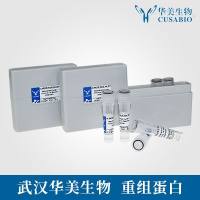Fluorometric Methods for Detection of Mitochondrial Membrane Permeabilization in Apoptosis
互联网
554
The mitochondrial regulation of cell death involves the release of proapoptotic factors, such as cytochrome c , Smac-DIABLO, AIF, OMI/HtrA2, by disruption of the outer mitochondrial membrane (OMM) permeability barrier that is controlled by pro- and antiapoptotic proteins of the Bcl-2 family. One of the mechanisms contributing to the OMM permeabilization is dependent on the interaction of proapoptotic Bcl-2 family proteins and other factors straight with the OMM. Another mechanism is initiated by the permeability transition of the inner mitochondrial membrane (IMM), leading to an increase in the matrix volume and reorganization of the IMM structure, which in turn, influence the OMM permeability barrier. The OMM also provides surface for the assembly of the apoptosome, where the mitochondria-derived proapoptotic factors induce caspase activation. Fluorescence measurements have been devised for evaluation of the barrier function of both OMM and IMM and of the downstream effectors of the factors released from the mitochondria to the cytosol. Many of these measurements are real-time, quantitative, and can be conveniently performed in a fluorometer cuvette containing suspensions of permeabilized cells or isolated mitochondria. This chapter provides a step-by-step manual for the measurements of the mitochondrial membrane potential, retention of Ca2+ and cytochrome c , matrix volume, and caspase activation and discusses protocols for discrimination between different mechanisms of the OMM permeabilization.









